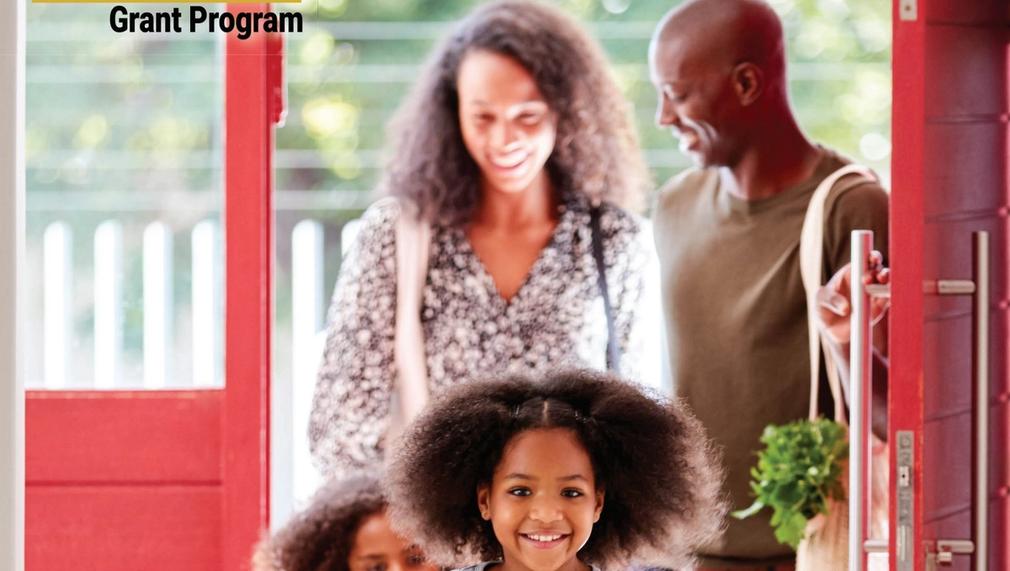Tenant Stability and Homelessness Prevention Initiative
The American Dream Housing Counseling Agency will launch a homeless outreach and housing stabilization initiative in South Los Angeles, connecting unhoused individuals and vulnerable tenants with emergency shelter, legal aid, and rental counseling. This program aims to stabilize housing for over 600 households annually and prevent displacement by addressing code violations and linking clients to long-term housing support.

What is the primary issue area that your application will impact?
Affordable housing and homelessness
In which areas of Los Angeles will you be directly working?
South LA
In what stage of innovation is this project, program, or initiative?
Pilot or new project, program, or initiative (testing or implementing a new idea)
What is your understanding of the issue that you are seeking to address?
Los Angeles County has the highest number of people experiencing homelessness in the nation, with over 75,000 individuals unhoused as of the 2023 Greater Los Angeles Homeless Count—an increase of 9% from the previous year. In South LA, Black residents represent nearly 33% of the unhoused population, despite being less than 9% of the overall population. Many live in substandard housing or face eviction due to unresolved code violations. Tenants in these communities are disproportionately impacted by poverty, overcrowding, and limited access to legal or financial support. The gap between rising rental costs and stagnant wages forces many families into housing instability. Our program seeks to address this crisis at the root by combining proactive tenant outreach, code violation resolution, legal referrals, and housing counseling to prevent homelessness and support safe, habitable housing for the most vulnerable residents in LA.
Describe the project, program, or initiative this grant will support to address the issue.
This grant will support the expansion of our Tenant Stability and Homelessness Prevention Initiative in South Los Angeles, focusing on proactive outreach to renters living in substandard housing or at risk of eviction. Through this program, the American Dream Housing Counseling Agency (ADHCA) will deploy trained housing counselors and outreach staff into high-need neighborhoods to educate tenants about their rights, connect them to legal aid, and assist them in resolving housing code violations that often lead to displacement. We will prioritize communities with the highest concentrations of low-income renters and historically under-resourced populations.
Activities will include door-to-door outreach, tenant workshops in English and Spanish, legal clinic referrals, and development of customized action plans to prevent homelessness. The program will also support data collection and progress tracking to evaluate tenant outcomes and identify systemic gaps. With LA2050 support, we will serve at least 1,200 tenants, with the goal of preventing eviction and improving housing conditions for 400+ low-income households. This effort builds on our successful track record—between 2020 and 2024, we conducted over 175 outreach events and assisted more than 3,500 households facing housing insecurity in Los Angeles. This new funding will allow us to expand that impact and reach more residents before they become unhoused.
Describe how Los Angeles County will be different if your work is successful.
If our work is successful, Los Angeles County will see at least 150 individuals from high-barrier populations—including formerly incarcerated individuals, former foster youth, and chronically unhoused Black residents—transition into stable housing within 12 months. We will provide direct outreach to 600 people, with 300 receiving intensive housing case management. Success will mean shorter wait times for housing, increased housing retention, and stronger trust in support systems. Our culturally responsive model will serve as a replicable framework, with plans to scale across LA County by partnering with reentry, housing, and behavioral health networks to serve 500+ individuals annually by year three—creating lasting structural change in how homelessness is addressed.
Approximately how many people will be impacted by this project, program, or initiative?
Direct Impact: 600
Indirect Impact: 5,000